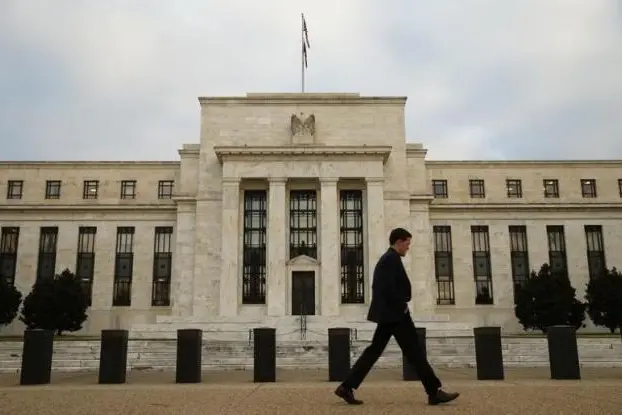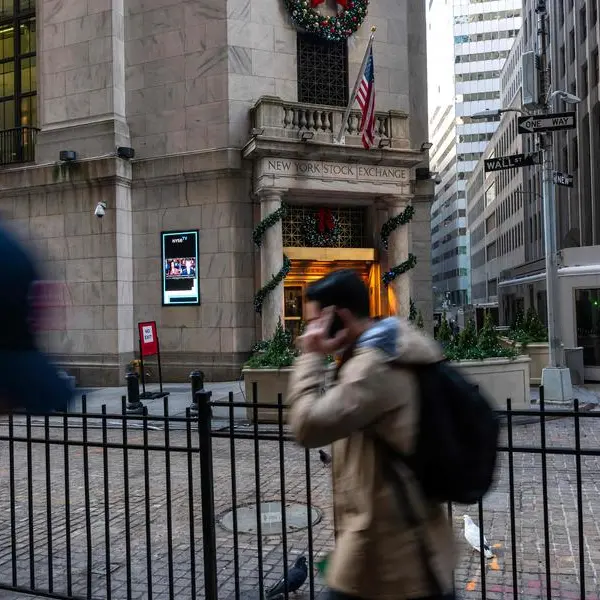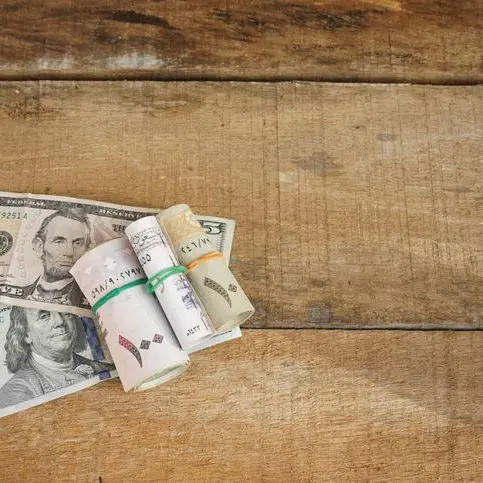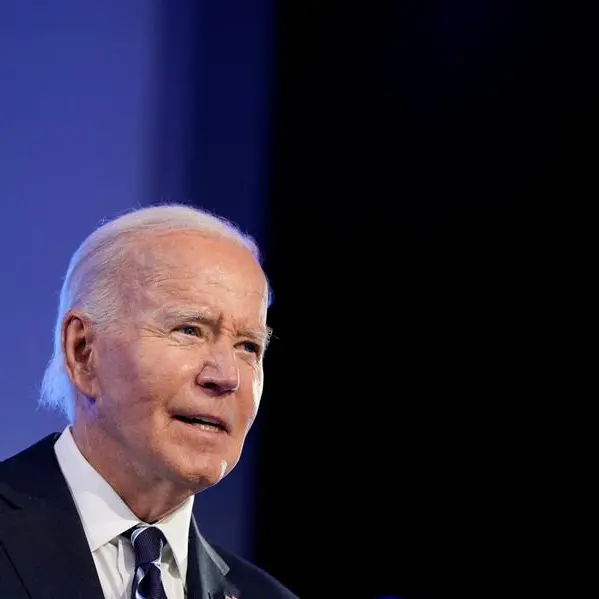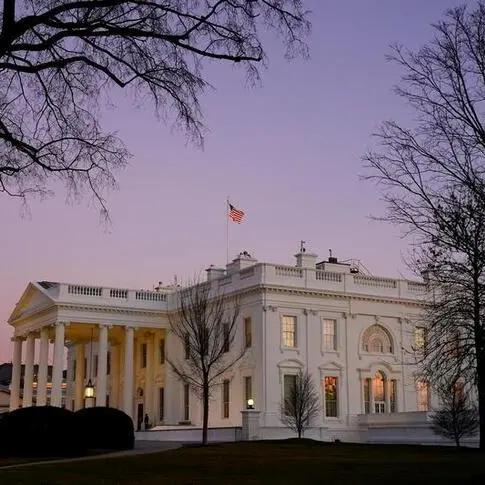PHOTO
WASHINGTON - Detailed minutes of the Federal Reserve's March 21-22 policy meeting may show on Wednesday how close the U.S. central bank came to postponing further interest rate increases following the failure of two regional banks earlier that month.
The Fed ultimately raised its benchmark overnight interest rate by a quarter of a percentage point at the meeting, which took place less than two weeks after top U.S. officials spent a weekend scrambling to design emergency measures to halt a possible deposit run against regional lenders following the failures of Silicon Valley Bank (SVB) and Signature Bank.
Fed Chair Jerome Powell told reporters in a news conference after the meeting that a pause in the rate hikes had been considered, but policymakers ultimately judged they could respond to different problems with different tools: with higher interest rates used to fight inflation, and oversight and liquidity programs used to keep the financial system stable.
Consumer Price Index data released on Wednesday seemed likely to keep the Fed's inflation-fighting motivation intact. While overall prices rose only 0.1% on a monthly basis in March, down from 0.4% in February, and by 5% on an annual basis, a drop from the 6% recorded in the prior month, "core" goods and services inflation remained strong.
With CPI excluding food and energy running 0.4% versus 0.5% in February, the annualized rate of core inflation was 5.6%, barely changed from February's 5.5%.
Fed officials on Tuesday showed the outlines of the emerging debate ahead of their May 2-3 policy meeting.
Three Fed regional bank leaders, including New York Fed President John Williams, a vice chair and permanent voter on the central bank's rate-setting Federal Open Market Committee, kept the focus on inflation and the likely need for at least one more rate increase.
A fourth, Chicago Fed President Austan Goolsbee, was more skeptical, preaching patience in considering further rate increases.
Citi analysts Andrew Hollenhorst and Veronica Clark said they expected the minutes, which are due to be released at 2 p.m. EDT (1800 GMT), to reflect that the balancing act is likely to continue as officials prepare for the May meeting.
The Fed is expected to raise rates by another quarter of a percentage point next month, but policymakers have also said they are watching banking data closely for signs of stress or a larger-than-anticipated drop in lending.
Before SVB's failure on March 10, Powell had said high inflation might even warrant a half-percentage-point hike.
The smaller increase that was approved at the March meeting showed "that the Fed was taking the situation seriously ... but also that the situation was not so dire as to prevent the Fed from following through on previously signaled tightening," the Citi analysts wrote. The minutes "will likely express confidence in the separability of price stability and financial stability."
FINANCIAL CONTAGION
The SVB failure was the largest bank collapse since the 2007-2009 financial crisis, and raised at least the possibility of fast-spreading financial contagion if other regional lenders started losing deposits faster than they could be covered.
A new Fed emergency lending program for banks and a U.S. government decision to prevent depositor losses at those banks, even beyond the standard Federal Deposit Insurance Corporation limits, seemed to stabilize the situation.
Still, the events on that March 10 weekend added complexity to a Fed policy debate that had been single-mindedly focused on lowering inflation from levels that last year were more than triple the central bank's 2% target.
In a nod to how far it had progressed in tightening monetary policy since its initial rate increase in March 2022, the Fed dropped from its policy statement last month language saying that "ongoing increases" in rates were likely, instead saying that "some further" tightening was likely.
Details around that decision would also provide insight into how close the Fed may be to an endpoint in its current hiking cycle, which has raised the policy rate from the near-zero level a year ago to the current 4.75%-5.00% range, the highest since October 2007.
(Reporting by Howard Schneider; Editing by Andrea Ricci and Paul Simao)
